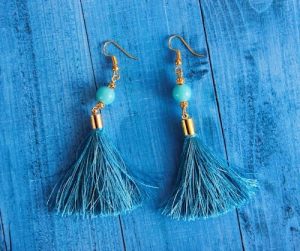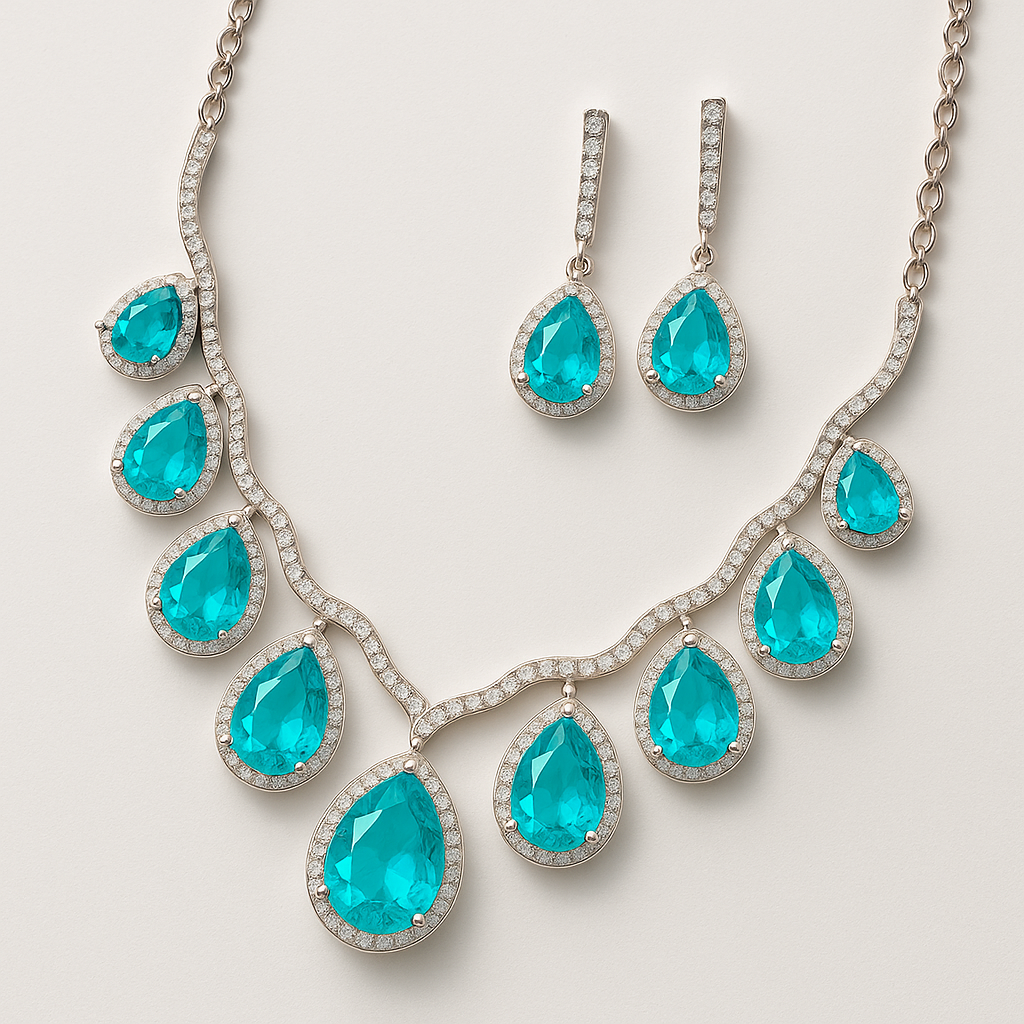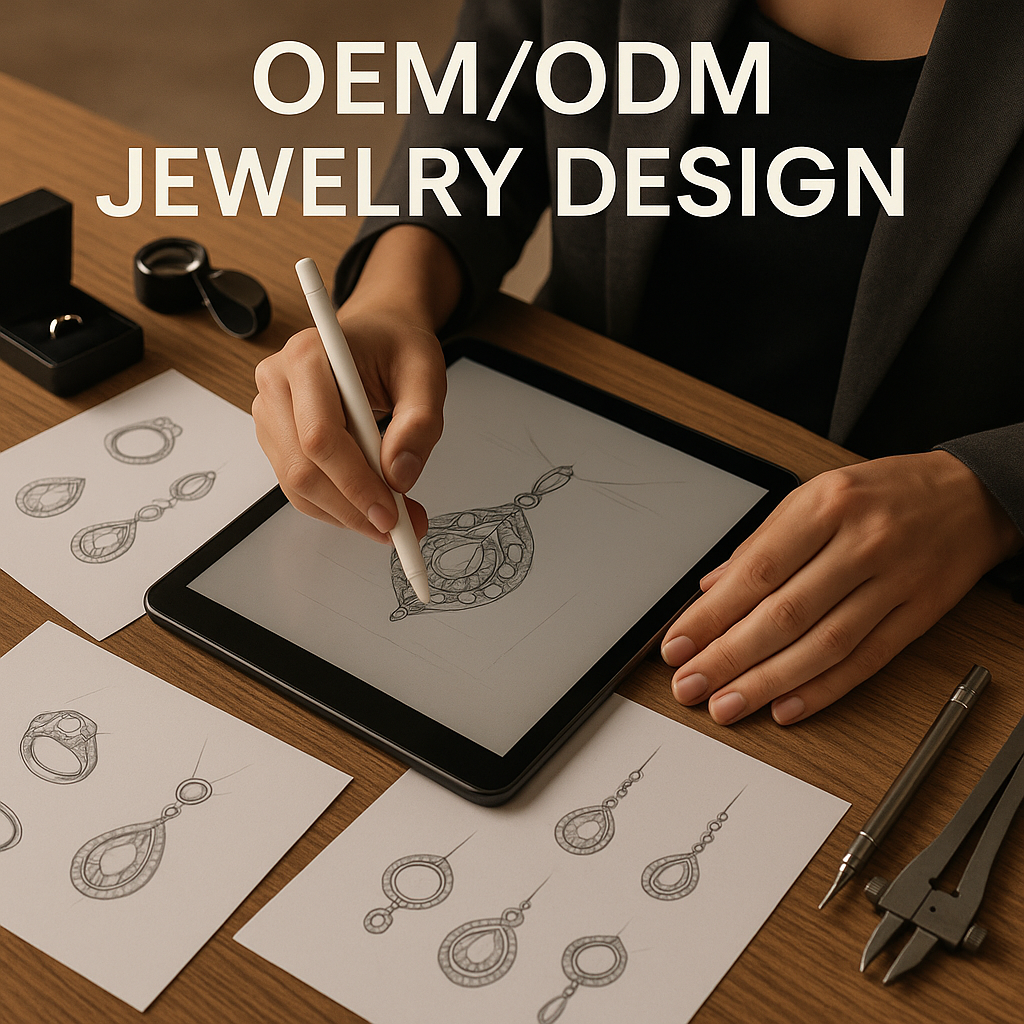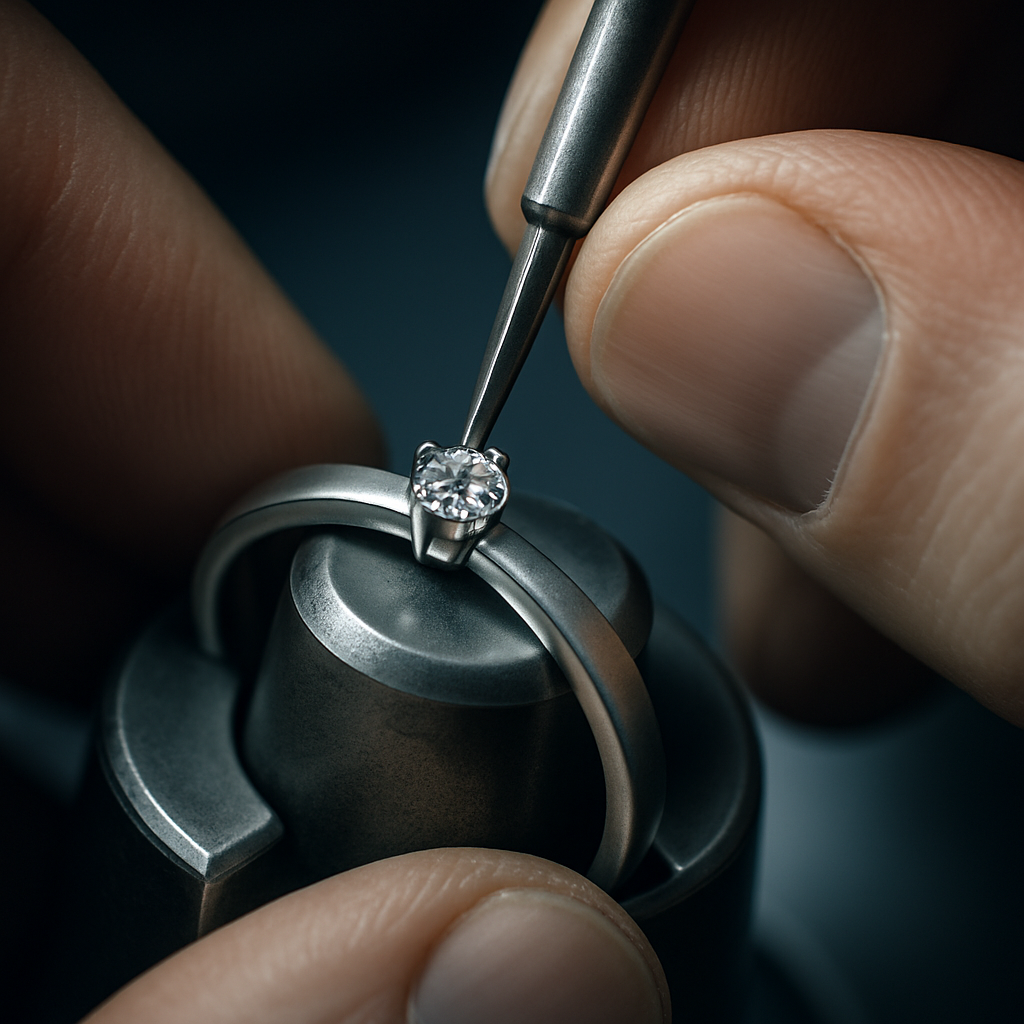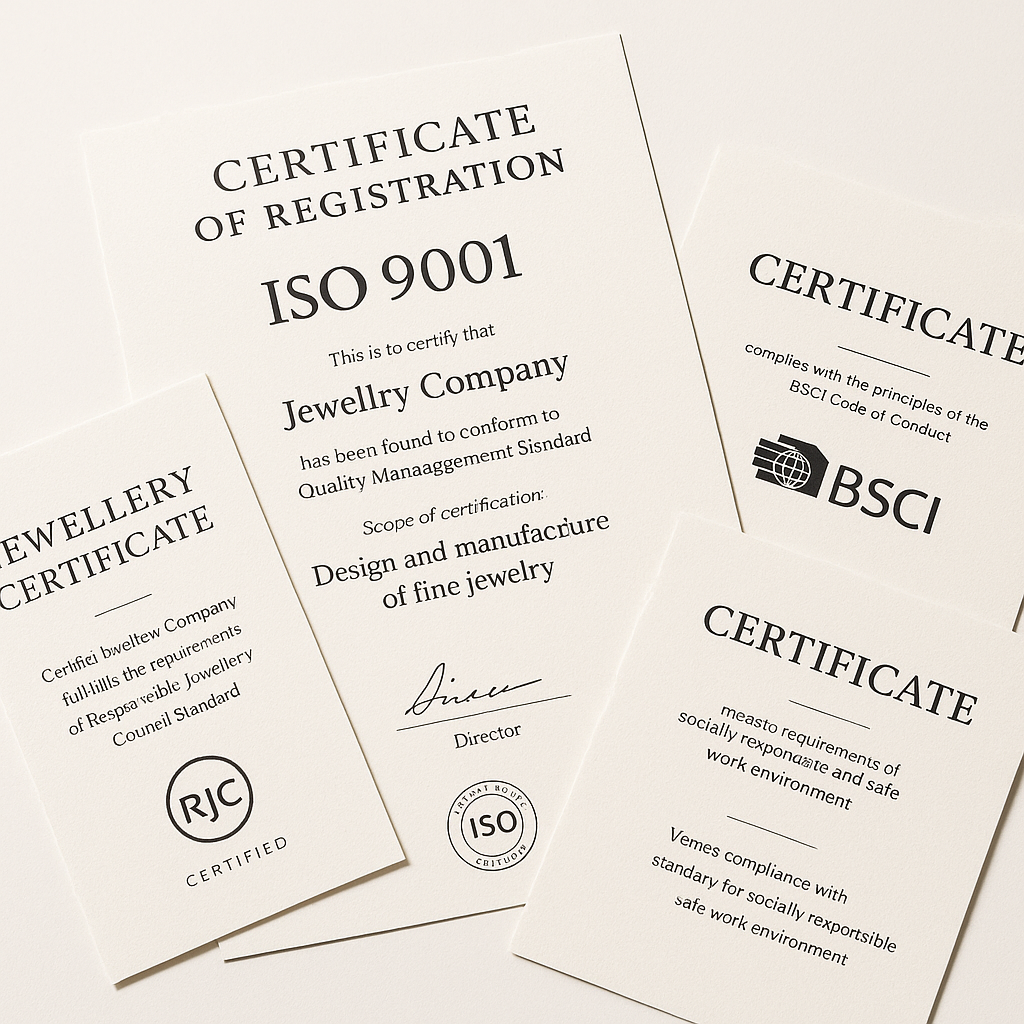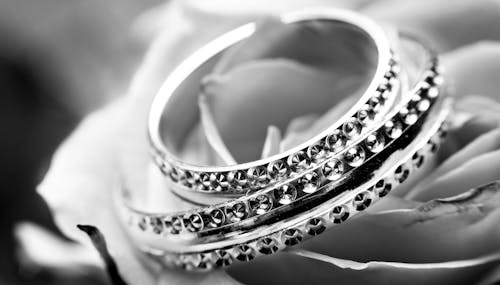
Jewelry isn’t just an accessory — it’s an investment, a memory, and sometimes even a family heirloom. But over time, it can lose its luster, tarnish, or worse — get damaged. Here’s the deal: most of this damage can be prevented with just a little know-how and some regular care.
In this guide, we’ll break down exactly how to clean different types of jewelry, what storage practices keep your pieces in pristine condition, and the daily habits that extend the life of your collection. Whether you’re maintaining high-end pieces or everyday favorites, this jewelry maintenance guide will help you do it like a pro.
Table of Contents
- Why Does Jewelry Need Regular Cleaning?
- What Are the Best At-Home Cleaning Methods for Jewelry?
- How Can You Clean Silver Without Damaging It?
- Can You Use Ultrasonic Cleaners at Home Safely?
- How Should You Store Jewelry to Prevent Tarnish?
- What Are Smart Tips for Organizing Jewelry Collections?
- How Can You Prevent Scratches and Moisture Damage?
- What Jewelry Should Be Professionally Cleaned (and When)?
- What Daily Habits Protect Jewelry Longevity?
- What Products Should You Avoid Using on Jewelry?
- FAQ
1. Why Does Jewelry Need Regular Cleaning?
Let’s face it — even the most luxurious jewelry loses its brilliance over time. Oils from your skin, dirt from the environment, and even everyday chemicals like soap or perfume can build up and dull the finish of your favorite pieces. You might be wondering: why does this happen so quickly?
Gold and silver are soft metals. They easily pick up fingerprints and smudges. Gemstones like diamonds or sapphires may resist scratches but still gather debris in their settings. Without proper care, grime builds up and creates a cloudy, lifeless look — and for porous stones like pearls or opals, it can actually cause internal damage.
Here’s something else to keep in mind: bacteria can also thrive on jewelry, especially rings or earrings worn daily. What’s the real story? Dirty jewelry doesn’t just look bad — it can irritate your skin or cause breakouts. Regular cleaning maintains hygiene, shine, and long-term value.
2. What Are the Best At-Home Cleaning Methods for Jewelry?
Ready for the good part? Cleaning your jewelry at home doesn’t require expensive kits or harmful chemicals. You just need the right method for the right material.
Let’s break it down:
- Gold & Diamonds: Mix warm water with mild dish soap. Let the piece soak for 15-20 minutes, then use a soft toothbrush to gently clean around prongs and grooves. Rinse and pat dry.
- Silver: Line a bowl with aluminum foil, add hot water, one tablespoon of baking soda, and a pinch of salt. Place your jewelry in the solution. The tarnish will transfer to the foil.
- Gemstones: Avoid soaking porous stones (like opal or turquoise). Instead, wipe them with a damp cloth and a drop of mild soap.
But here’s the kicker… Don’t clean every piece the same way. Knowing the material is critical to avoid unintentional damage.
Table 1: Safe At-Home Cleaning Methods by Jewelry Type
| Jewelry Type | Safe Cleaning Method | What to Avoid |
|---|---|---|
| Gold | Dish soap + warm water | Toothpaste, baking soda |
| Silver | Baking soda + foil method | Chlorine, harsh scrubbers |
| Diamonds | Soap + soft brush | Acetone, ultrasonic (rare) |
| Pearls | Damp cloth only | Water soaking, chemicals |
| Costume Jewelry | Wipe with damp cloth | Soaking, abrasive tools |
3. How Can You Clean Silver Without Damaging It?
Silver jewelry is stunning — until it turns that unpleasant yellow or black shade. Let’s be honest: tarnished silver looks neglected, and aggressive scrubbing only makes it worse.
The safest silver-cleaning approach is the baking soda and foil trick. It relies on a simple chemical reaction that lifts the tarnish off the surface without abrasion. Lay your silver on foil in a bowl, sprinkle a generous layer of baking soda, and pour in hot water. In minutes, it’ll shine again.
Want a quick wipe? Use anti-tarnish polishing cloths designed for sterling silver. But hold up — never use paper towels, as they can scratch the surface.
Important tip: Store silver pieces away from humidity and air to delay tarnish. More on that later.
4. Can You Use Ultrasonic Cleaners at Home Safely?
Ultrasonic jewelry cleaners use high-frequency sound waves to loosen dirt. They’re great for deep cleaning rings and metal-heavy pieces. But don’t get too excited just yet — not all jewelry can handle it.
Safe materials include diamonds, gold (without glued parts), and platinum. However, fragile or porous stones like emeralds, opals, or pearls can crack or discolor. Glue-set stones may fall out.
To use it safely:
- Only clean one piece at a time
- Limit cycles to 2–3 minutes
- Avoid using with antique or soft-metal items
So what’s the catch? They work wonders but require a bit of judgment.
Table 2: Ultrasonic Cleaner Suitability
| Jewelry Type | Safe for Ultrasonic? | Notes |
|---|---|---|
| Diamond Ring | ✅ Yes | Use diluted solution |
| Pearl Necklace | ❌ No | May damage luster |
| Gold Bracelet | ✅ Yes | Avoid glued areas |
| Opal Earrings | ❌ No | High fracture risk |
| Costume Jewelry | ❌ No | Glue can melt or loosen |
5. How Should You Store Jewelry to Prevent Tarnish?
You’ve cleaned it — now protect it. Here’s where many go wrong: leaving jewelry out on dressers or exposed to air invites moisture and tarnish.
For silver, use anti-tarnish bags or cloth-lined boxes. Gold prefers dry, airtight spaces, and adding silica gel packets can control humidity. Humid environments speed up tarnishing, especially in coastal or tropical climates.
What’s the real trick? Store pieces individually. Prevent chains from tangling and hard stones from scratching soft metals. Don’t just toss everything in a box!
Table 3: Recommended Storage Options
| Metal Type | Ideal Storage Method | Why It Works |
|---|---|---|
| Silver | Anti-tarnish bags, air-tight | Blocks air exposure, prevents oxidize |
| Gold | Soft pouch, dry container | Avoids scratching, no moisture |
| Mixed Metal | Separated compartments | Prevents chemical reactions |
| Gemstone Pieces | Cloth-lined trays | Protects against chips and dings |
6. What Are Smart Tips for Organizing Jewelry Collections?
Let’s dig into something practical. A well-organized collection prevents loss, breakage, and daily frustration.
Start by categorizing:
- Daily-use items (e.g. wedding bands)
- Occasion-only (e.g. fine necklaces)
- Delicates or heirlooms
Use stackable drawer trays, wall hooks for necklaces, or travel cases for on-the-go security. Organize by material to avoid reaction (don’t let gold touch silver), and separate pieces that can scratch or chip.
Want a pro tip? Label drawers or compartments so you don’t have to rummage. Less chaos, more care.
7. How Can You Prevent Scratches and Moisture Damage?
Scratches are sneaky. One minute your ring is flawless — the next, it’s full of tiny surface lines. Most happen during storage or careless wear.
Here’s what works:
- Use soft velvet linings
- Keep each item in its own pouch or tray
- Avoid storing pieces next to watches or hard metals
As for moisture? Always dry your jewelry before putting it away. Even a tiny bit of water in the box can cause major problems later.
You might be wondering: is a jewelry box enough? Only if it’s lined, dry, and kept in a cool place.
8. What Jewelry Should Be Professionally Cleaned (and When)?
No matter how good you are, some jewelry needs expert hands — especially antique or fragile pieces.
High-value items (e.g. diamond rings, platinum watches) benefit from pro cleaning at least once a year. Jewelers use steam or ultrasonic systems, and they check for loose prongs or worn-down clasps.
Here’s the deal: if you wear something daily and it’s expensive or sentimental, don’t risk DIY damage. It’s worth the minor cost.
Also, if your piece looks dull even after cleaning, it may have internal buildup or a compromised finish — signs it needs deeper treatment.
9. What Daily Habits Protect Jewelry Longevity?
This is where it gets interesting. Most damage doesn’t happen during wear — it happens because of when and how you wear it.
Good daily habits:
- Remove jewelry before sleep, gym, or cleaning
- Keep pieces dry after handwashing or showers
- Apply perfume, lotion, and sunscreen before accessorizing
Quick wipe-downs with a soft cloth remove oils and help prevent buildup. It’s a 10-second habit that makes a huge difference.
Here’s why it matters: small habits add up to years of longer shine and fewer costly repairs.
10. What Products Should You Avoid Using on Jewelry?
Want to protect your jewelry investment? Then avoid these items like the plague:
- Bleach or chlorine: corrodes metal and weakens settings
- Toothpaste: abrasive and damaging on soft stones
- Paper towels: surprisingly rough and scratch surfaces
- Hairspray and perfume: coat stones with residue
- Vinegar (on soft stones): may dull finishes or cause discoloration
Stick with mild soap, soft brushes, and clean microfiber cloths. If in doubt, don’t experiment — many permanent damages start with good intentions.
Table 4: Products to Avoid & Safe Alternatives
| Harmful Product | Damage Risk | Safe Alternative |
|---|---|---|
| Bleach/Chlorine | Corrosion, metal damage | Warm water + dish soap |
| Toothpaste | Scratches, dull finish | Jewelry cleaning paste |
| Vinegar (on opals) | Dulling, discoloration | Damp microfiber cloth |
| Hairspray/Perfume | Residue on stones | Apply before jewelry |
| Paper Towels | Surface scratches | Lint-free cloth |
FAQ
Q1: What is the best way to clean silver jewelry at home?
Use a combination of baking soda, hot water, and aluminum foil to lift tarnish without scratching.
Q2: How should I store my gold and silver jewelry separately?
Gold should be stored in soft pouches, while silver needs anti-tarnish bags or cloth in air-tight containers.
Q3: Can ultrasonic cleaners damage my jewelry?
Yes, they can harm porous stones or glue-set jewelry. Only use on sturdy items like diamonds or plain gold.
Q4: How often should I clean my jewelry?
For frequently worn pieces, clean lightly every 1–2 weeks and do a deep clean once a month or quarterly.
Q5: What’s the best way to prevent tarnish on silver jewelry?
Keep silver away from moisture and air by using sealed bags and anti-tarnish strips in your storage setup.
Written by
aherjewelry
You may also interested in:
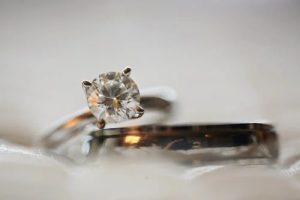
Birthstone Jewelry: Meaning, Style & Gifting Tips
Birthstone jewelry isn’t just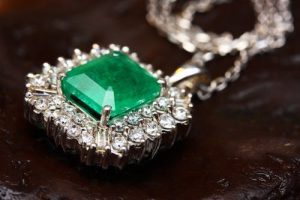
Sterling Silver vs Gold Jewelry: Which Should You Choose?
Choosing between sterling silv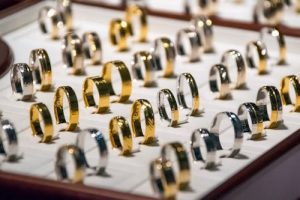
Top 10 Jewelry Trends for 2025 You Can’t Miss
Jewelry trends don’t just foll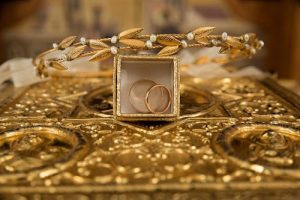
How to Choose the Perfect Jewelry for Every Occasion
Jewelry selection can feel ove